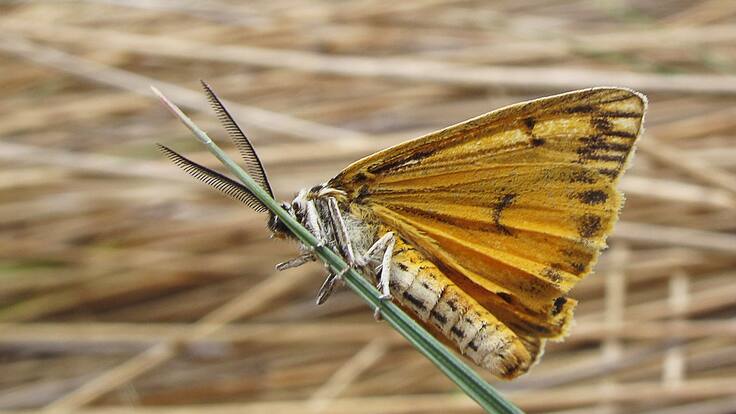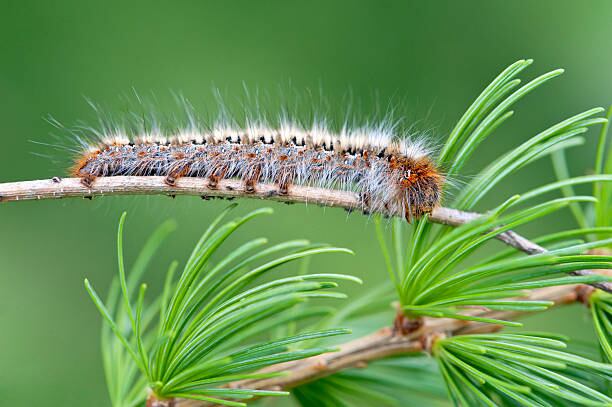Cantabria sufre una explosión de polillas por la lluvia
La llegada tardía de las lluvias ha afectado al ciclo de reproducción de las polillas en Cantabria

Cantabria sufre una explosión de Polillas por la lluvia
08:04
Compartir
El código iframe se ha copiado en el portapapeles
Santander
¿Por qué hay más polillas en Cantabria? La comunidad vive una "explosión" de estos insectos alados debido al calor, según explica en la Ventana de Cantabria, Jorge Garzón, presidente de la Asociación Alas. El verano ha sido muy caluroso y seco, temporada donde las orugas de las mariposas nocturnas comen y se reproducen, pero la falta de vegetación ha atrasado su ciclo. Para ellas estamos en una primavera tardía, explica Garzón.
"En cuanto ha llovido y la vegetación ha vuelto a tener buen sustento para las orugas, ha habido una explosión de esta especie", dice Garzón que explica es bueno ver insectos. Tanto que "eso nos asegura que tendremos comida en un futuro".

Pine Processionary (Thaumetopoea pityocampa): the larva is a major forest pest, living communally in large "tents", usually in pine trees but occasionally in cedar or larch, marching out at night in single file (hence the common name) to feed on the needles. The species is notable for the behaviour of its caterpillar larvae, which overwinter in tent-like nests high in pine trees, and which process through the woods in nose-to-tail columns, protected by their severely irritating hairs. / Scacciamosche

Pine Processionary (Thaumetopoea pityocampa): the larva is a major forest pest, living communally in large "tents", usually in pine trees but occasionally in cedar or larch, marching out at night in single file (hence the common name) to feed on the needles. The species is notable for the behaviour of its caterpillar larvae, which overwinter in tent-like nests high in pine trees, and which process through the woods in nose-to-tail columns, protected by their severely irritating hairs. / Scacciamosche
El cambio climático, el calor y la sequía afecta en todos los ámbitos, y más en los insectos que son el pilar, la base de la cadena alimentaria. Dice Garzón que por ellos las plantas se polinizan, y eso nos asegura poder comprar comida en un futuro. Por ello asegura que ver insectos de cualquier especie es bueno, alarma sus ciclos tardíos, pero lo explica con la teoría de Darwin, las mariposas nocturnas se han adaptado al ambiente extremo de este verano.





